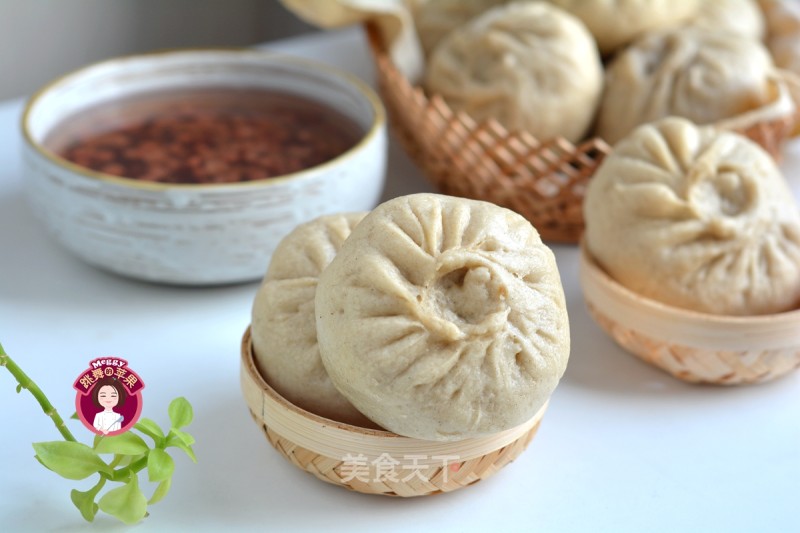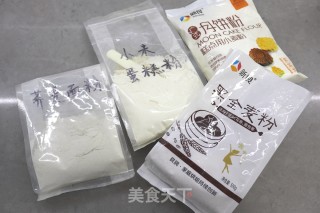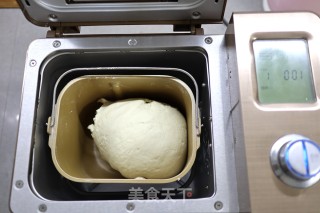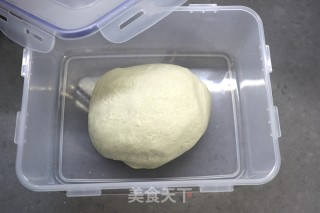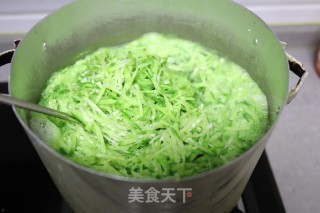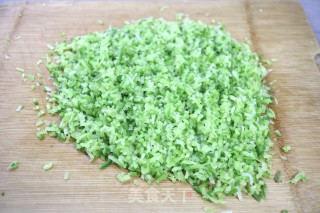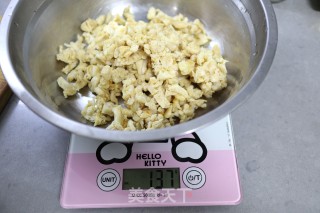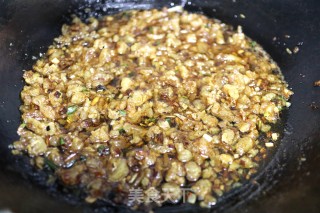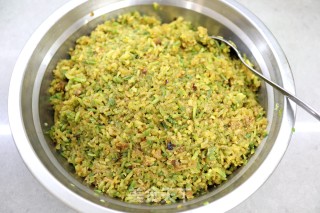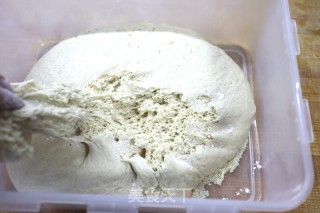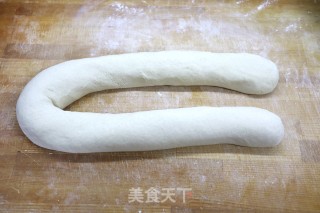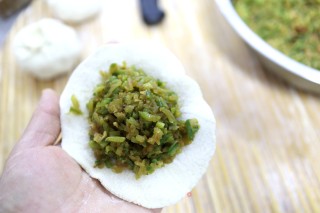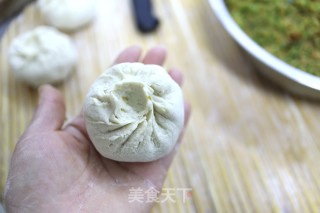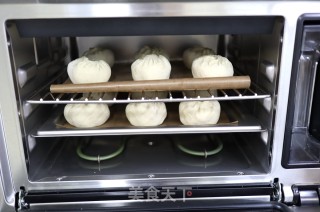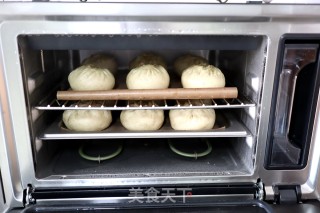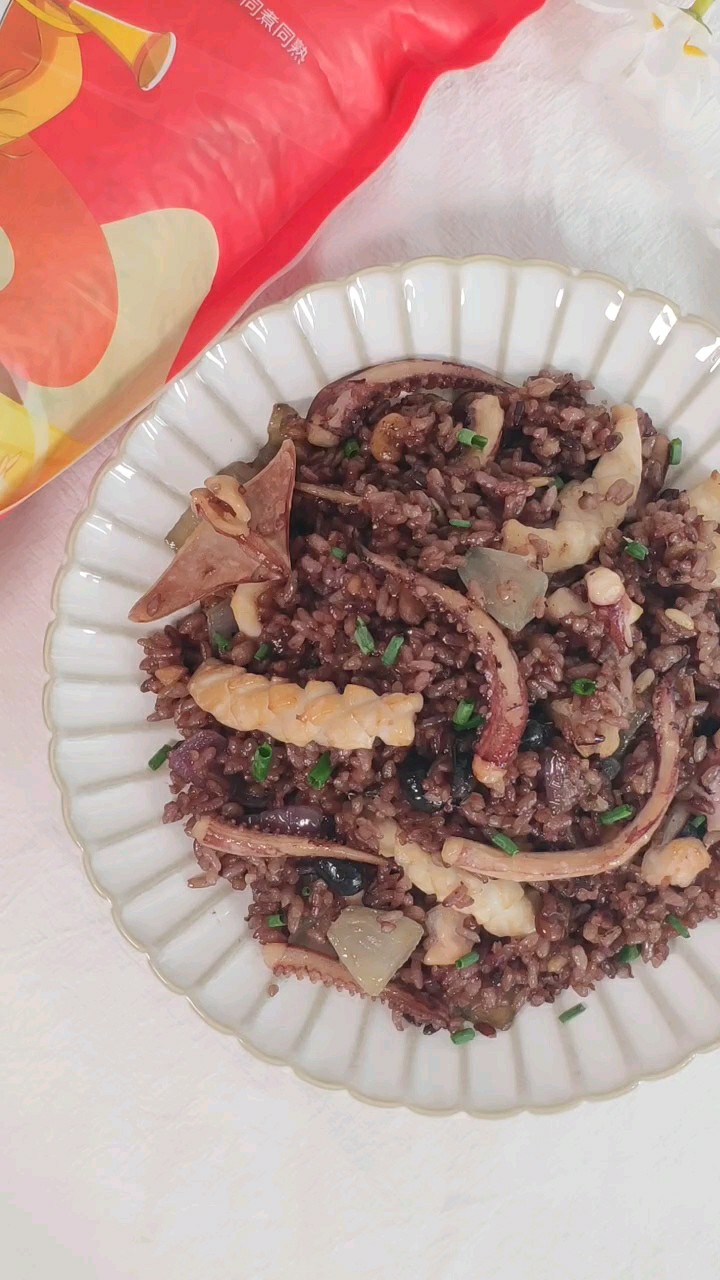Lard Residue and Radish Mixed Grain Package
1.
All kinds of miscellaneous grains are ready, you can also use high-gluten flour directly; the black whole wheat flour in the picture is larger because of the other flours, so I did not use it;
2.
Put flour, yeast, 5 grams of salt, appropriate amount of warm water into the bread bucket, start the kneading program for 10 minutes, and knead the ingredients into a smoother dough; you can knead the dough by hand without a machine; because the flour I use is medium gluten And low-gluten flour, salt is added to increase the gluten;
3.
The dough is too large and will overflow the bread bucket after fermentation, so I transferred the dough to a large crisper, covered the lid and placed it in a warm place for basic fermentation;
4.
Take advantage of the fermentation of the dough to process the filling: the green radish is cleaned, the mineral content in the outer skin is high, and there is no need to remove it; other radishes can also be used;
5.
Use a grater to wipe the shreds, put them in a pot of cold water, boil for 8 minutes on high heat, and let the shreds of radish thoroughly ripen;
6.
Take out the cooked shredded radish and put it in a basin, and when it is aired to a temperature acceptable to your hands, take an appropriate amount and place it on the cutting board, chop it, and then grab the excess juice;
7.
I weighed the lard residue. It was 137 grams, not too much, but it was more fragrant than 300 grams of minced meat; chopped up the oil residue;
8.
Pour more oil in the wok, first stir-fry a chopped green onion to get a fragrance, and then stir-fry the lard residue in the pan until browned. Some of the fat in the oil residue is fried to increase the oil volume; turn off the heat and pour Appropriate amount of soy sauce for seasoning; radishes are more oily, so put more oil than usual when making fillings;
9.
Put the radish filling and oil residue in the same bowl, add salt according to taste, mix well and set aside;
10.
The fermented dough is 2-2.5 times as big as the original, and the dough is lifted up and has uniform and fine pores;
11.
Take out the dough and place it on the chopping board. Sprinkle two handfuls of flour and knead it for 5 minutes to make the dough fine again and knead it into long and thin noodles; cut into even-sized noodles;
12.
Flatten the agent and roll it into a round skin with a little thinner around and a little thicker in the middle, and put a proper amount of filling on the round skin;
13.
Wrap into your favorite buns;
14.
Put the wrapped buns on a tray covered with oil or steaming cloth. I wrapped 22 large buns and used the steamer and steamer at the same time; the second fermentation was about 20 minutes;
15.
When the buns become more rounded than before, you can select the "steam" function for 25 minutes; use a steamer to turn on high heat, and steam for 20 minutes after being steamed;
16.
When the time is up, don't rush out of the pan, simmer for 5 minutes before picking it out to prevent the surface from shrinking and not smooth due to the sudden cold.
Tips:
After the radish is rubbed and blanched in water, the radish tastes good, and the filling is not watery; without oil residue, the meat filling can be cooked and mixed with soy sauce and radish, which tastes much better than raw meat filling. Steamed buns and buns are a good way to solve the problem of broken flour. To increase the gluten content, you can add some salt, so you should put less salt in the filling to prevent the health from being affected by the excessive salt content.

